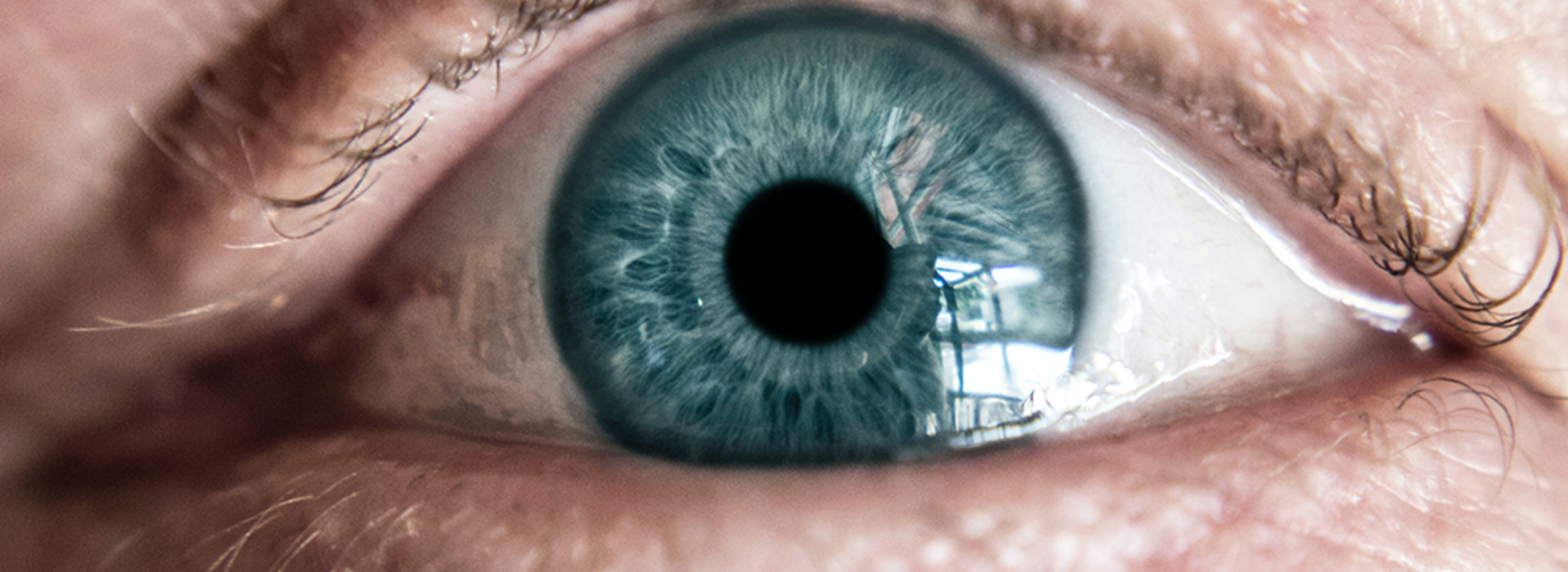
Medical School Ophthalmologists will Test Tears for COVID-19
A research team at the University of Minnesota Medical School will soon begin a new study to test whether or not COVID-19 can be diagnosed with tears. If proven, their discovery may lead to an even bigger breakthrough—a safer and less painful way to collect patient samples and a new test, using faster diagnostic technology, that would help providers repeat tests to track the lifespan of an active virus in sick patients.
Hossein Nazari, MD, a retinal physician, current fellow and soon-to-be faculty member in the Department of Ophthalmology and Visual Neurosciences, leads the team that received a CO:VID (Collaborative Outcomes: Visionary Innovation & Discovery) Grant to explore the idea.
“Fast and reliable diagnosis of COVID-19 is a big issue in containing the disease in society, and the current way of collecting nasopharyngeal samples with swabs that go to the back of your nose is not an ideal way for a virus test,” Dr. Nazari said. “When a swab goes into your nose or throat, you reflexively want to sneeze or cough, which can spread the virus and put healthcare workers at risk to catch that virus. I started thinking about how we could improve COVID-19 diagnosis and what other body secretions could be acquired and tested to make a diagnosis. We know that viruses and bacteria can be present in tears, so it’s worth looking into.”
Dr. Nazari says although his team is not the only one studying COVID-19 presence in tears, what makes their research unique is their focus on the collection process. His team will use microcapillary tubes, or those tiny tubes used to soak up blood after a finger prick, to absorb pure tears.
“Some researchers have collected eye surface samples with cotton swabs or paper towels, but those materials can inhibit the virus or compromise the yield (or amount) needed to diagnose the virus,” Dr. Nazari said. “We will use a microcapillary tube that sucks up just a tiny amount of tears out of the corner of your eye, and then we will run a molecular diagnostic test on it.”
To ensure that a positive tear test is accurate, Dr. Nazari says they will collect tear samples and nasopharyngeal swab samples at the same time from each patient. If both come back positive at a similar rate, then they will have enough evidence to begin using tears as a new way to diagnose COVID-19—and at record pace.
“Our goal is to develop a small, compact handheld machine that collects a tear sample, runs a virus diagnostic test and then gets results back in a short period of time, possibly within minutes," he said. “The technology is available there if we can prove the presence of the virus in tears.”